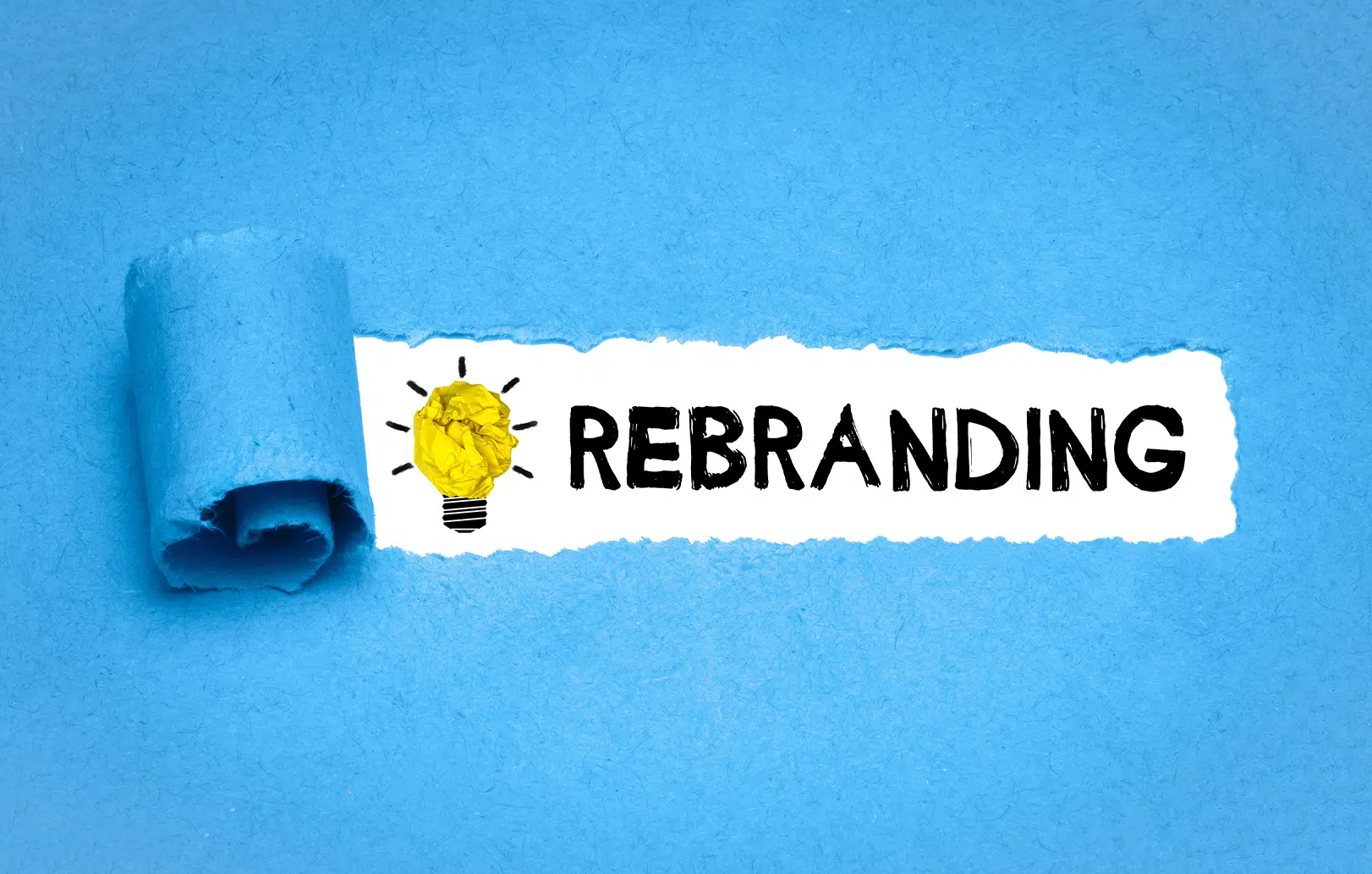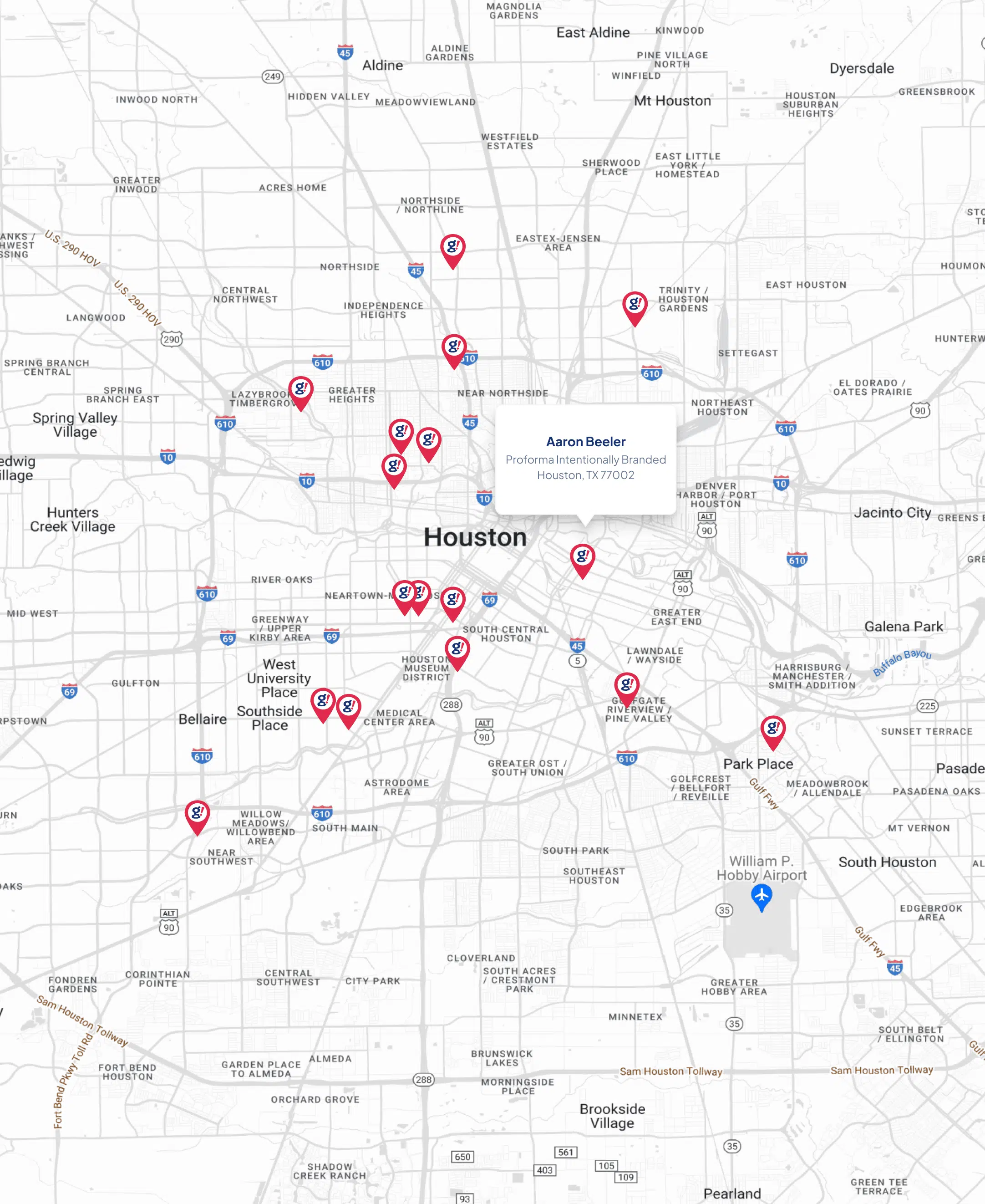Rebranding is tricky. Get it right, and your brand gains a fresh life, renewed excitement, and strengthened market position. Get it wrong, and you risk losing loyal customers, confusing your audience, and creating PR nightmares.
As creative professionals, we’ve all seen rebrands that inspire us, and ones that leave us scratching our heads. So, what makes a successful rebrand? Let’s dive into some powerful examples from well-known companies and extract key lessons from their stories.
Case Study 1: Airbnb – From Functional to Emotional
What Happened: Airbnb moved away from a purely functional travel-focused image to a community-oriented, emotional brand identity in 2014. Their new logo, known as the “Bélo,” symbolized belonging, warmth, and connection.
Why it Worked:
- Clear Purpose: Airbnb clearly defined their new narrative around belonging.
- Emotional Resonance: The Bélo represented the emotional heart of their brand, not just accommodation.
- Consistent Application: The rebrand was fully integrated across their digital platforms, physical spaces, and customer interactions.
Lesson Learned: Successful rebrands shift perception from product to experience. Emotionally connecting with your audience creates deeper, lasting relationships.
Case Study 2: Dunkin’ – Simplify and Clarify
What Happened: In 2018, Dunkin’ dropped the “Donuts” from their name. The change wasn’t just cosmetic—it reflected their expansion into coffee and fast, convenient food options.
Why it Worked:
- Simplicity: The shorter name was easier to remember, more versatile, and suited their evolving product offerings.
- Clear Messaging: Dunkin’ effectively communicated their focus on beverages and convenience, aligning perfectly with customer expectations.
- Strategic Timing: The shift aligned with changing consumer preferences towards coffee culture and healthier, broader menu options.
Lesson Learned: Clarity and simplicity win. A successful rebrand clearly signals the evolution of your business while staying true to customer expectations.
Case Study 3: Old Spice – From Stale to Viral Sensation
What Happened: Old Spice faced declining relevance in a crowded men’s grooming market. The 2010 “The Man Your Man Could Smell Like” campaign radically reshaped their image, transforming a tired brand into an iconic, humorous, and youthful one.
Why it Worked:
- Creative Courage: Old Spice took creative risks, using humor and viral tactics.
- Targeted Messaging: They spoke directly to women (primary purchasers) while engaging men (end users), effectively reaching both audiences.
- Integrated Strategy: Social media, video, and television worked seamlessly to amplify the campaign’s reach.
Lesson Learned: Bold creativity and strategic targeting can revitalize even the most stagnant brands. Embrace risks with clear, thoughtful execution.
Case Study 4: Mastercard – Modernizing an Icon
What Happened: In 2016, Mastercard refreshed their iconic logo, removing their name entirely by 2019. The simplified, symbolic approach acknowledged the strength of their visual identity.
Why it Worked:
- Strong Visual Equity: Mastercard leveraged the universal recognition of their logo’s interlocking circles.
- Digital-First Approach: The simplified logo performed exceptionally well across digital platforms.
- Confidence and Authority: Removing their name showed brand maturity and confidence.
Lesson Learned: A successful rebrand respects the brand’s heritage while adapting it for a digital-first era. Trust your visual assets, especially if they’re iconic.
What Makes a Rebrand Successful?
- Clear Purpose: Know exactly why you’re rebranding.
- Customer-Centric: Understand and anticipate your audience’s perceptions and desires.
- Consistent Execution: Maintain uniformity across all platforms and touchpoints.
- Authenticity: Align your rebrand authentically with who you are (or aspire to be).
- Effective Communication: Explain changes clearly and proactively.
Final Thoughts:
Rebranding isn’t simply a facelift—it’s strategic storytelling. When done right, it’s transformative. But success depends on clarity, courage, consistency, and deep alignment with your audience’s values and expectations.
These examples remind us that rebranding, when approached thoughtfully, can not only refresh your image but breathe new life into your entire business.







